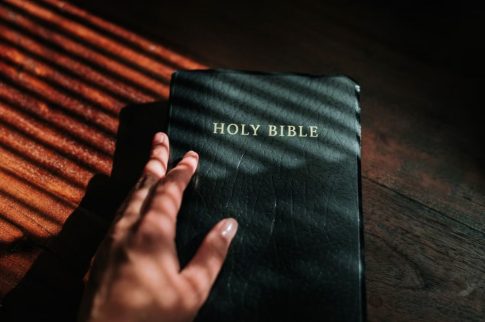Do Your California Public School Threatens To Expel Your Child?

Table Of Contents
When a student gets expelled, it implies they are no longer allowed to attend that educational institution or any of the district’s other “regular” schools. For this, you can get help from a lawyer from Lento Law Firm.
When is expulsion possible at a public or collective school?
There are five transgressions for which a student must be immediately expelled, five for which expulsion is expected, and numerous listed discretionary offenses that might trigger expulsion.
The following actions warrant expulsion from any public school: First, having a firearm in your possession or trading firearms. Second, threatening someone with a sharp knife. Third, selling drugs. Fourth, trying or perpetrating sexual harassment. Fifth, having explosives in your possession.
If the charges against a student are confirmed, the school must suggest the student’s expulsion and follow through with the recommendation. Assaulting or battery on school personnel ranks high on the list, as does the use or possession of objects like knives, possession of a prohibited substance, or use of alcohol.
Sabotaging a property, stealing the property, tobacco, and other products possession, drug paraphernalia’s possession, bullying, hazing, and sexual harassment are all examples of infractions for which expulsion is a matter of discretion. California Education 48900’s Code Section.
When a school decides to expel a student, what protections do they have?

A student who is facing expulsion has the liability to a hearing on the matter within thirty days of school. At least ten days before the expulsion hearing, the school system must give the student a documented notice of the date.
A copy of the disciplinary regulations, an explanation of the particular facts and charges, a notice of parental due process rights, and the time, venue, and date of the hearing must all be included in the notice. Before an expulsion hearing, the student has the opportunity to seek all student records under their name and to inspect any evidence that might be used against their defense.
The expulsion hearing gets recorded for future reference. At the time of hearing, a student has all the rights to be represented by an advocate, such as an attorney. The student is entitled to an opportunity to offer evidence (both oral and written) and to remain silent throughout the hearing.
Technical norms of evidence are not applicable during an expulsion hearing. This indicates that school districts cannot use hearsay as the primary basis for expelling a pupil.
Once the decision to expel a student is final, what recourse does the student have?
Once the final expulsion decision has been reached, a student has the opportunity to make a documented final decision and the opportunity to appeal to the Educational Board within thirty days. California Education Code Section 48918.
Further, the student might also ask that the expulsion is subject to be put on hold while they finish a rehabilitation plan and continue while the probation is in progress.
Read Also:

























